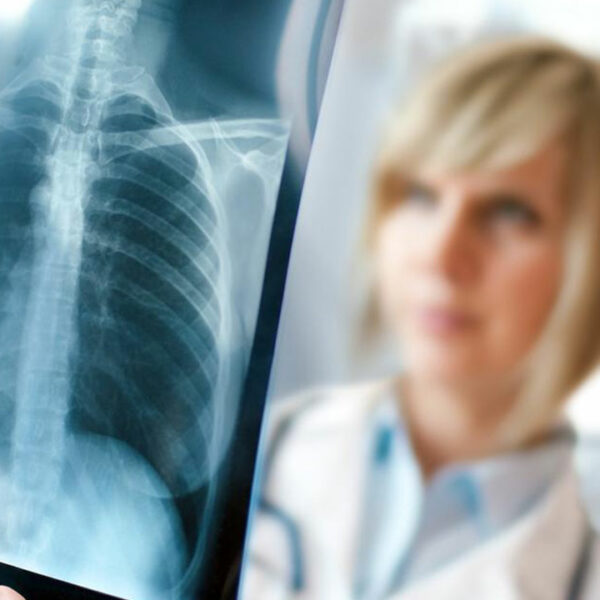
Effective Therapies Followed at Depression Treatment Centers
Depression can be caused by a combination of reasons. The factors that cause depression can be genetic, psychological, biological, or even environmental. The theory that depression is caused by an imbalance of chemicals or neurotransmitters in the brain has been difficult to prove, and the MRI’s of people suffering from depression appears different from those without depression. This cannot, however, explain why the person is undergoing depression or how it can be diagnosed. Scientists are still researching in order to find out what causes depression. Although certain genes may be responsible for causing depression, as it is known to run in some families, this cannot be said to be the only cause as people without a family history of depression also seem to suffer from it. Sometimes a depressive event in life can trigger a depressive episode. Certain trauma that may cause depression could include the loss of a loved one, relationship issues, stress, drug or alcohol abuse, certain medical conditions, and even certain medicines. There is, unfortunately, no established cure for depression. But there are certain therapies that are practiced in many depression treatment centers that can help patients suffering from depression. Let’s take a look at some of the most effective therapies that are followed widely in depression treatment centers:









